In this post, you will learn how and why to grow the native pollinator favorite, frostweed (Verbesina virginica), in your garden.
Why frostweed?
While butterflies love frostweed, it’s the wide variety of other critters this plant will attract that makes it such a fun addition to your garden. Beetles, wasps, bees, flies, spiders, lizards, and moths will be drawn to the showy white array of flowers topping your frostweed plant in the fall. The bright white late summer blooms will also look dazzling in the back of your garden border or peeking out along a wooded edge. Frostweed’s large lacy clusters of flowers provide a nice platform for nectaring insects, and you may frequently find a few different species on each set of blooms.
Frostweed also supports pollinators by being a host plant for numerous butterflies and moths including silvery checkerspot (Chlosyne nycteis) and bordered patch butterflies (Chlosyne lacinia). In addition, frostweed is a notably important nectar plant for Monarch butterflies in the Fall as they head south to their wintering grounds in Mexico.
Another characteristic frostweed is known and named for is the formation of ice sculptures in cold weather. Stems of frostweed plants split in freezing temperature and exude sap that freezes into sometimes beautiful shapes referred to as frost flowers. Folks gardening in colder climates will enjoy frostweed’s ice art throughout the winter.

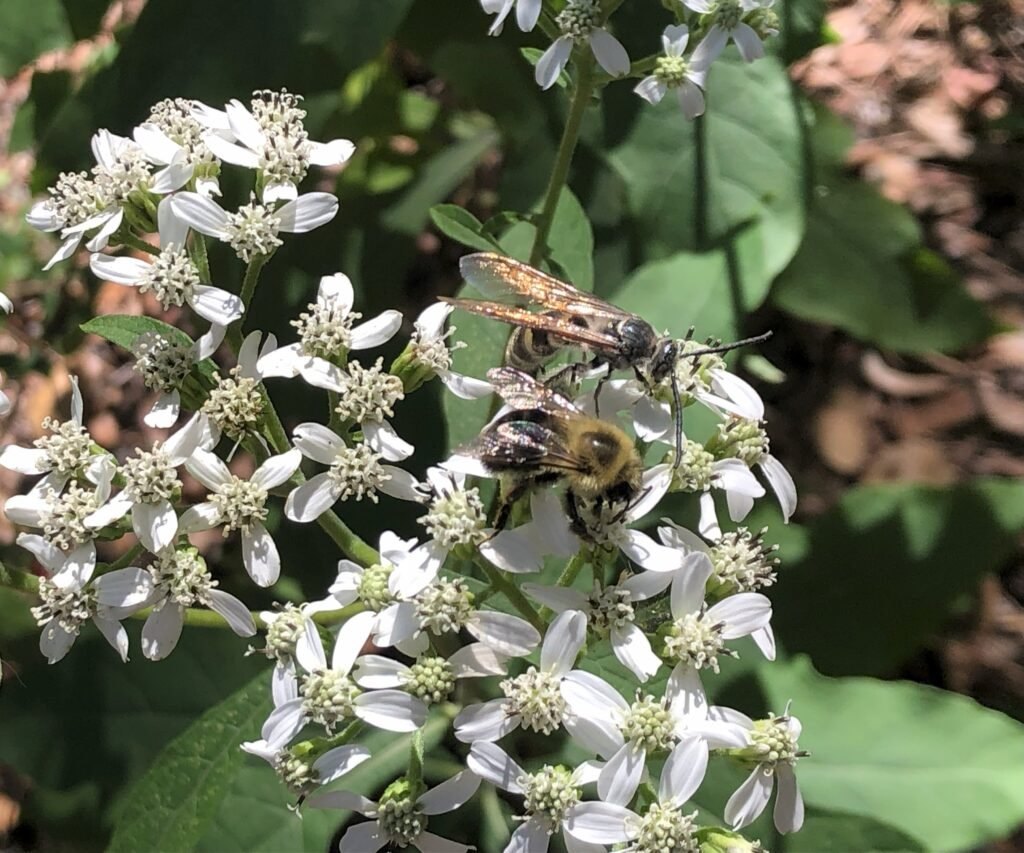
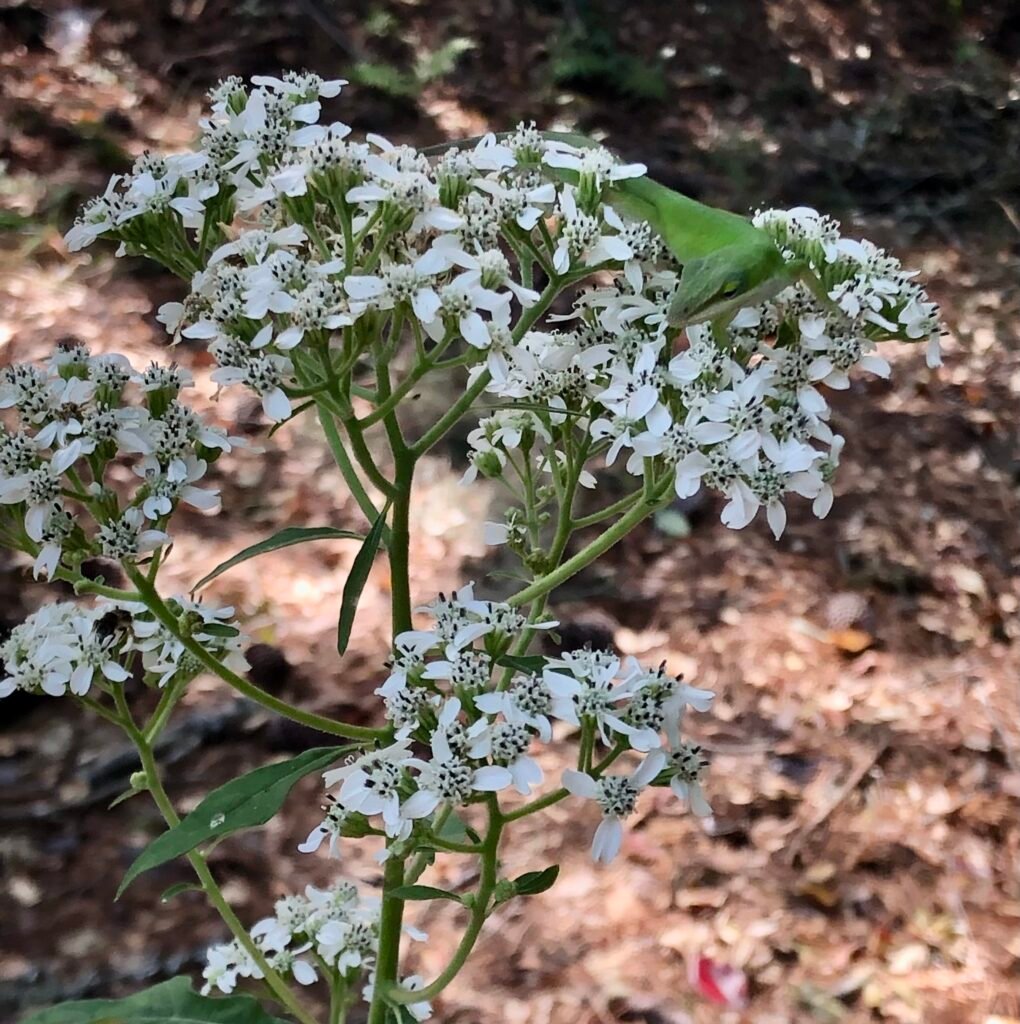
What is frostweed?
While there are a few different plants folks refer to as “frostweeds” in North America, we are discussing Verbesina virginica also commonly called white crownbeard, Virginia crownbeard, Indian tobacco, and white wingstem. The name Indian tobacco refers to the history of Native Americans drying and smoking the leaves. The native distribution of Verbesina virginica is generally throughout the eastern US (USDA Range Map). Frostweed is a perennial and a member of the aster family (Asteraceae). Like many asters, frostweed has flower heads that are comprised of a cluster of smaller flowers called a corymb and leaves that are rough to the touch.
In the spring, frostweed will emerge as a bushy clump of large dark green leaves. As the season progresses, the plant will grow up to 7 feet high depending on your growing conditions. Leaves are oval to lance-shaped and are oppositely arranged along the length of the stem. Like other members of the genus Verbesina, frostweed’s stem has fleshy wing-like flanges running down its length. This characteristic gives rise to the common name white wingstem. As an herbaceous plant, your once green frostweed will die back turning brown at the end of the growing season.
In late summer (August-November), frostweed will produce 3-to-6-inch flower heads at the end of each stem. After a few weeks, flowers will turn brown and go to seed. Seeds may be an attractive food resource for your overwintering finches and other seed loving birds. If you leave the stems standing after the plant dies back, bees may use them as nest sites. Leaving plants through the winter may also allow you to observe the frost flower phenomenon at cold temperatures.
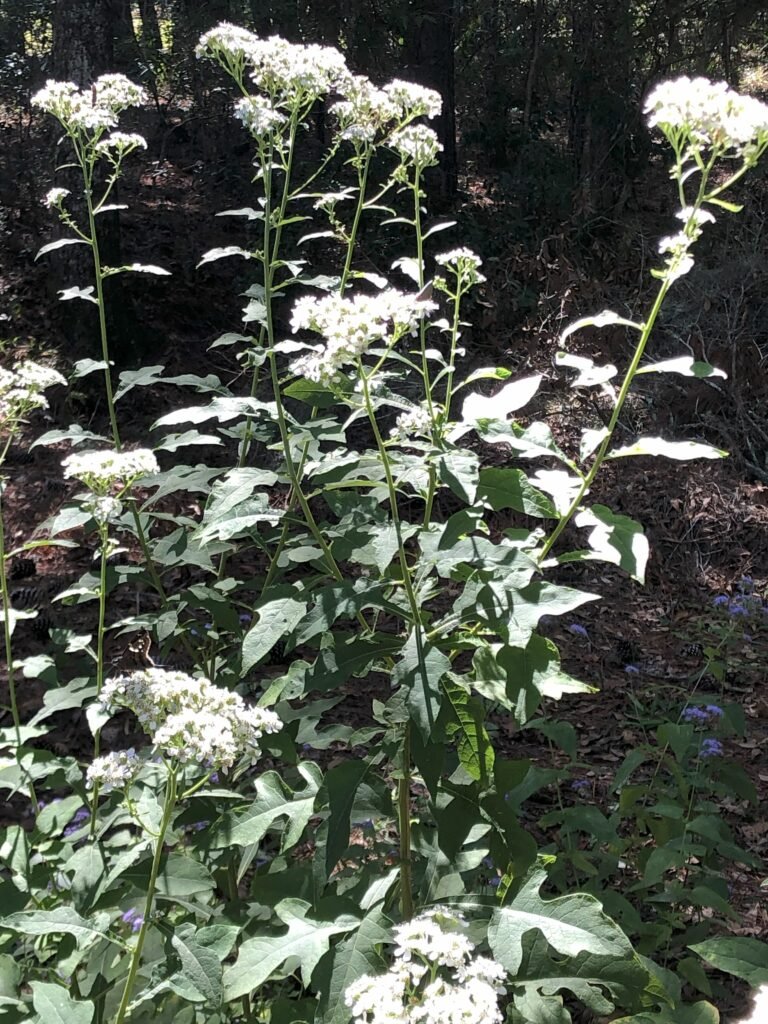
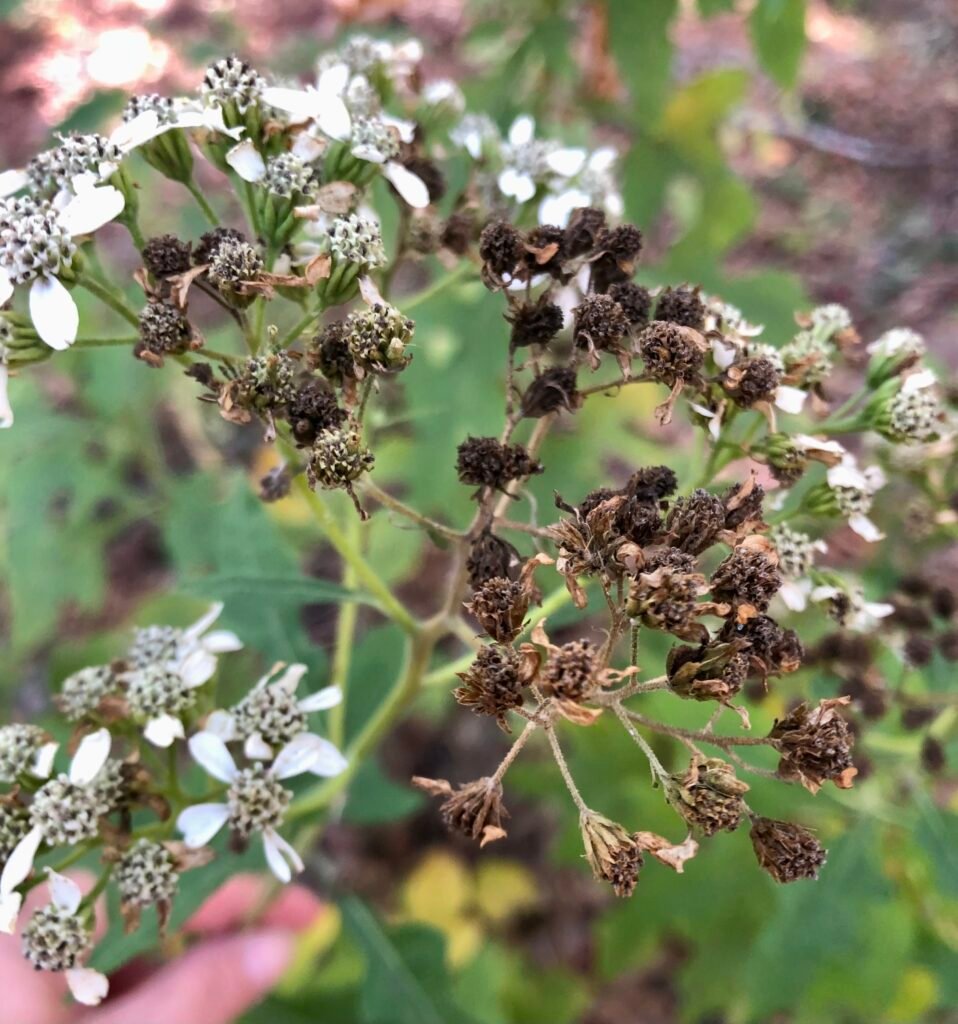
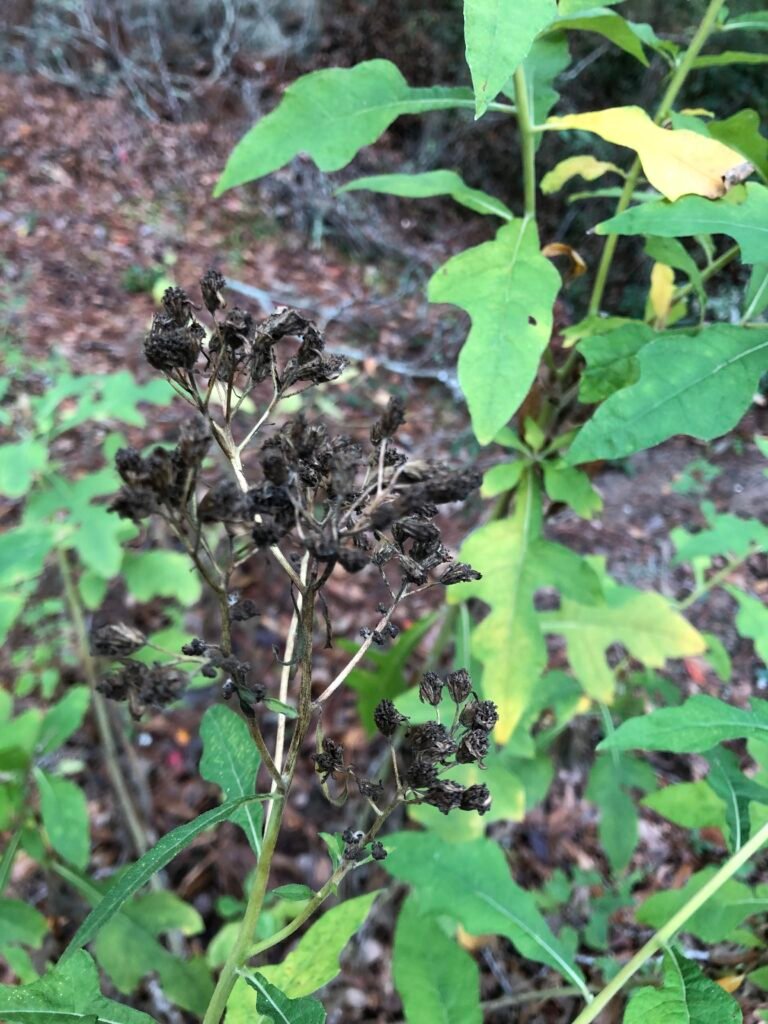
How to grow frostweed?
First, check your location. It’s best to grow frostweed within its native distribution. You will want to be in hardiness zones 6-9 (Hardiness Zone Map). If your garden location meets those requirements, determine whether the soil and light conditions available in your garden will make frostweed happy. Lucky for you, as with many native plants, frostweed is not very picky. While your garden would ideally provide your frostweed with partial sun and moist, well-drained soil, this plant will do well in dry shade as well as full sun if given more water. In the wild, frostweed is often found in the forest understory or along wooded edges. The plant may get a little rangy in full shade but will respond well to pruning during the growing season to keep it shorter and bushier if desired.
Key attributes
| Botanical Name | Verbesina virginica |
| Hardiness Zone | 6-9 |
| Native Distribution | Eastern US |
| Soil Moisture | Medium to dry |
| Light | Full sun to part shade |
| Height | 3-7 feet |
| Soil Type | Any |
| Wildlife Benefits | Nectar source for a variety of pollinators including bees, beetles, moths, butterflies, flies, and wasps; birds may eat seeds |
Frostweed may spread and spread more aggressively if given more water. Your plants will reproduce by seed and through rhizomes, shallow roots that will spread out and sprout new plants. This behavior may eventually produce a clump or even a thicket of frostweed that will provide a gorgeous grouping of striking white flowers in late summer and fall. Some of us appreciate a plant that will grow with enthusiasm and fill space in our yard with attractive wildflowers. I would love for my frostweed to spread out along the back of my wildflower meadow, however, the dry shady conditions it lives in at my house has kept it from creeping.
If, unlike me, you find yourself with too much frostweed in your garden, never fear. While not effortless, you can rid yourself of unwanted plants by digging them up in the winter or early spring when they emerge and by removing seed heads in the fall. If your gardening style just can’t accommodate frostweed’s lanky natural look and spreading habit but you’d like to enjoy the benefits of this pollinator charmer, try growing it in a container and keeping it pruned back.
Frostweed doesn’t seem to have any particular pest or disease issues.
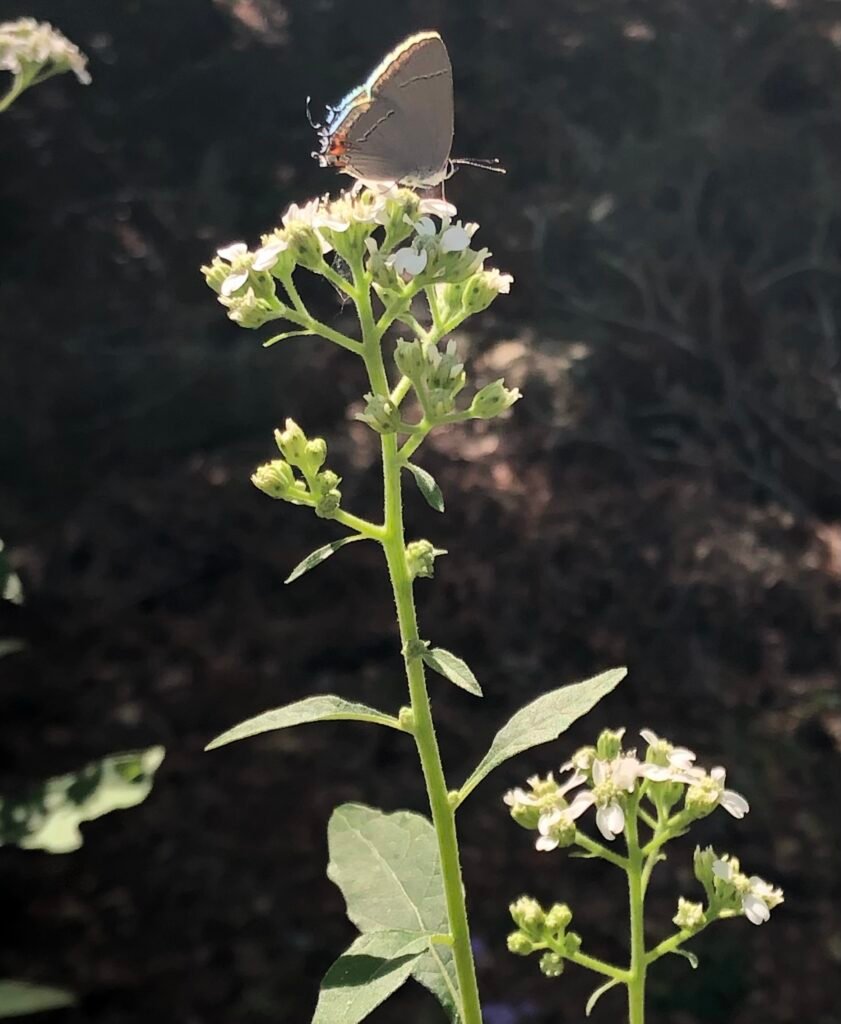
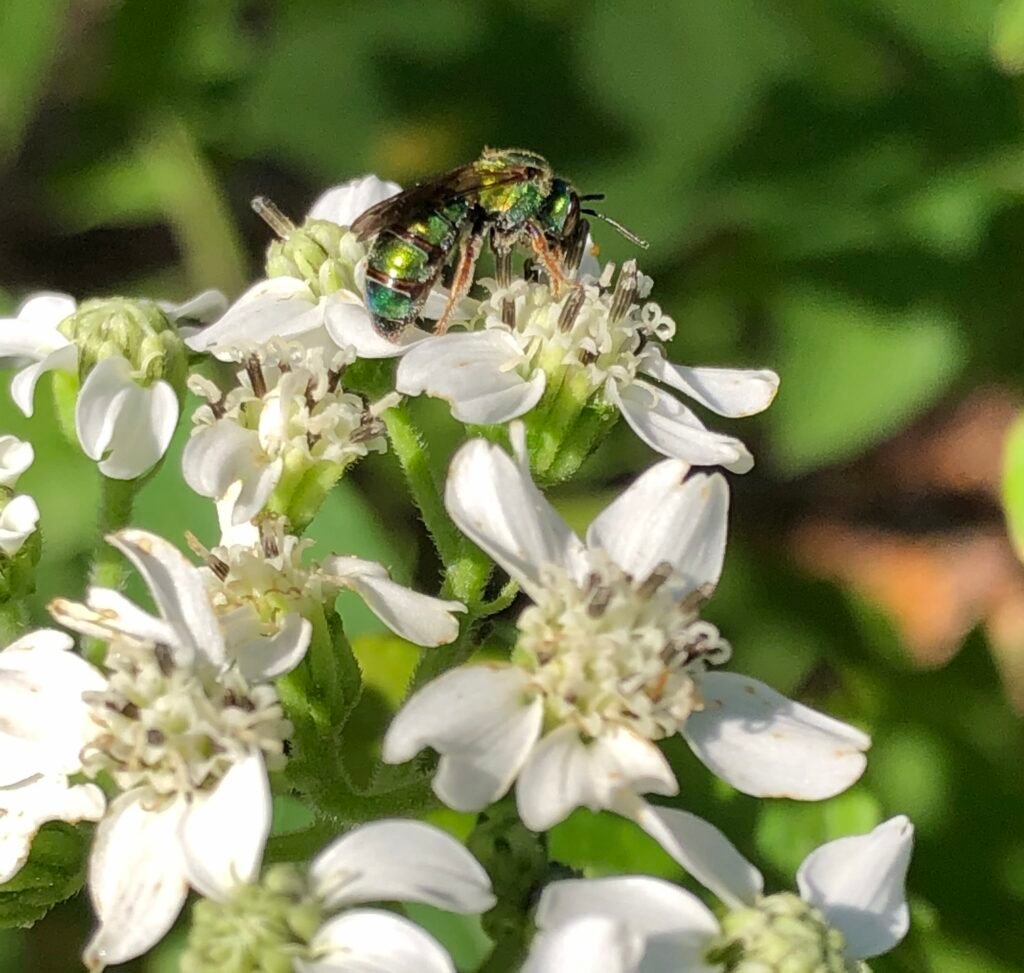
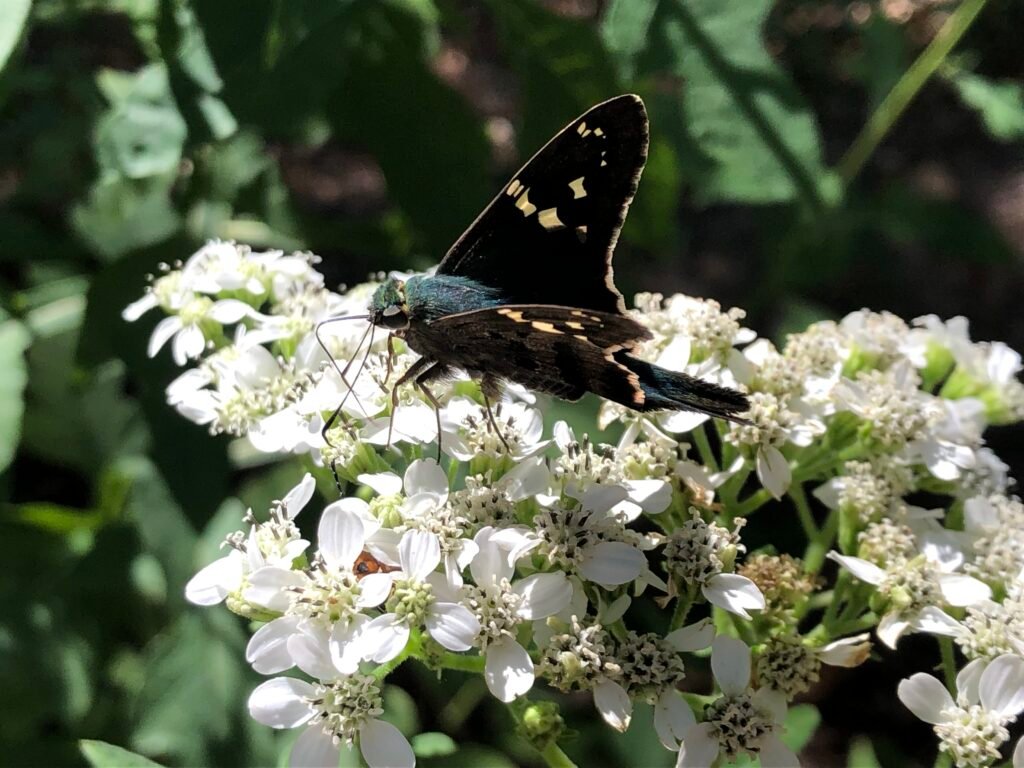
Where to get your own frostweed?
Frostweed are available for purchase at nurseries specializing in native plants, or as seeds or plants online. However, as with many native plants, you may have to conduct a search or patiently wait for plants to become seasonally available. I would recommend contacting a nursery first to check availability prior to showing up in person if looking for something specific. If possible, purchase the native straight species and not a cultivar, your pollinators will thank you.
Nurseries in the Southern Coastal Plain:
- Florabundance Gardens in Darien, GA
- Naturescapes of Beaufort SC
- Little Red Wagon Native Nursery, Tampa FL
Online resources:
What else is cool about frostweed?
Frostweed is not toxic to pets or people. Native Americans used it in traditional medicine to treat various conditions including as a gastrointestinal aid. Deer and other herbivores are not keen to browse frostweed. Cut the flowers and enjoy your frostweed inside.
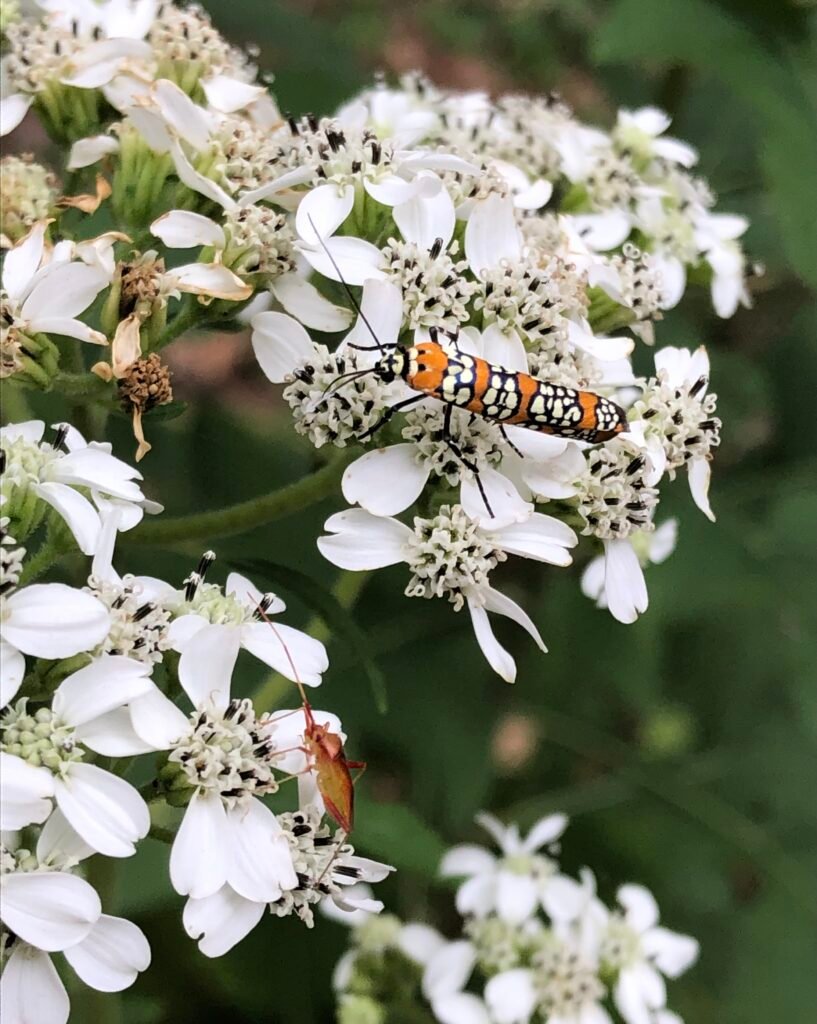
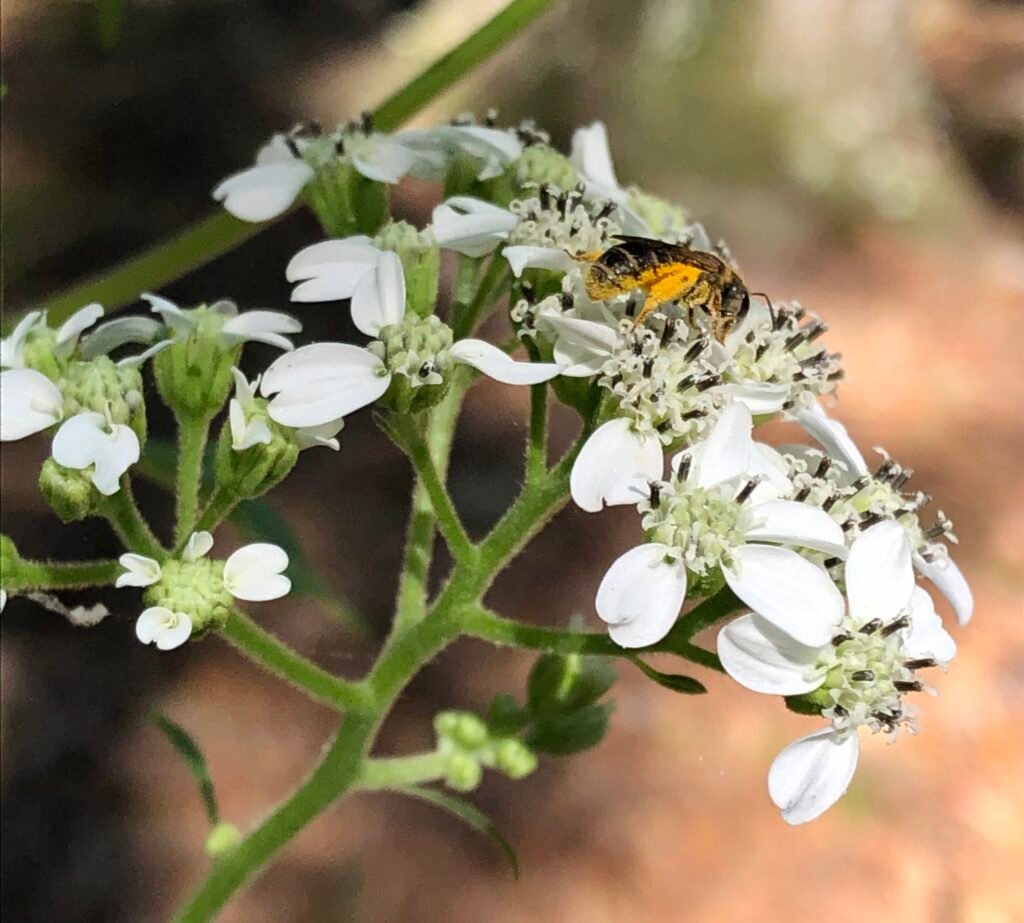
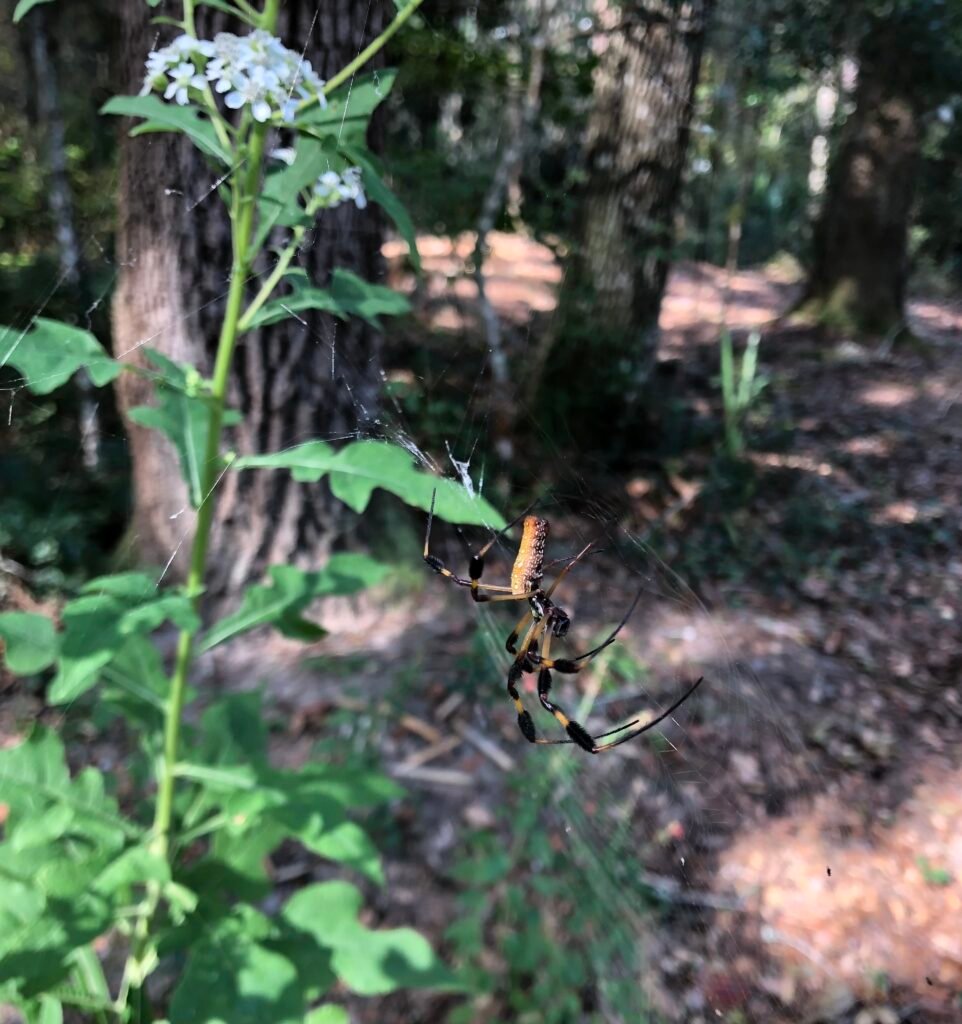
Where can I learn more about frostweed?
- Lady Bird Johnson Wildflower Center: Verbesina virginica
- My Gardener Says…: Frostweed (Verbesina virginica): A Seasonal Look
- Arkansas Native Plant Society: Know Your Natives – Frostweeds “Bloom” Frost Flowers
- Texas Parks and Wildlife Magazine: FLORA FACT: FROSTWEED AND MONARCHS
- Great Stems: Beautiful Ice Sculptures of Frostweed
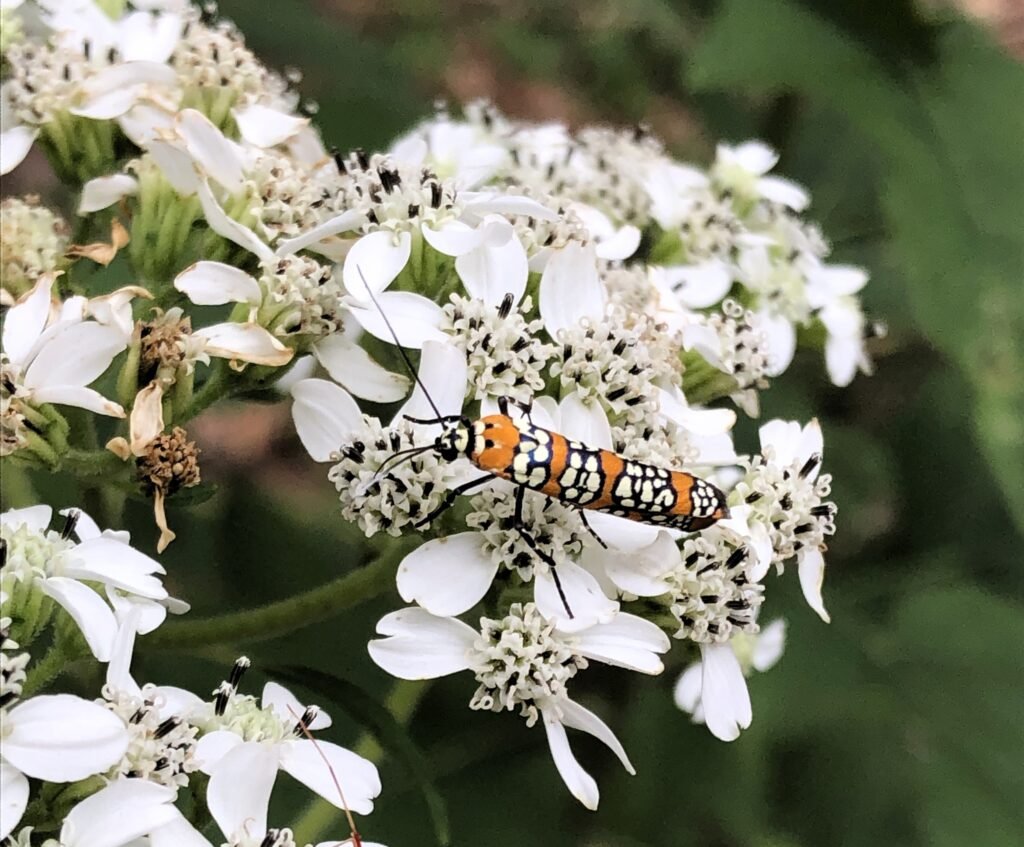
Pingback: Chasing Stripes: How to Attract Zebra Longwing Butterflies to Your Garden – The Southern Wild
What a cool native plant. Great photos of the multiple stages of the frostweed and its visitors. Educational and entertaining article.